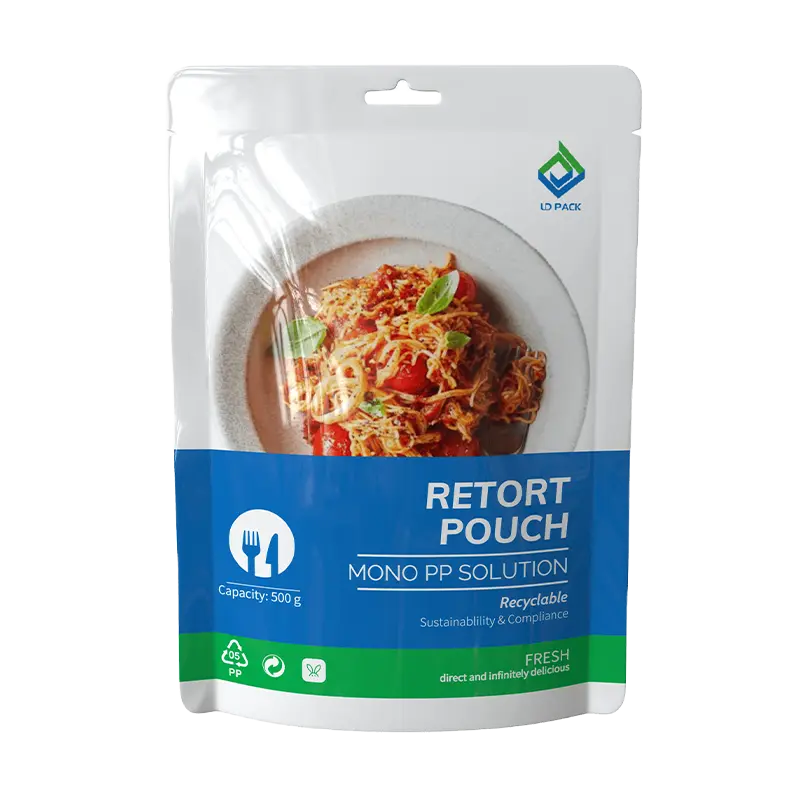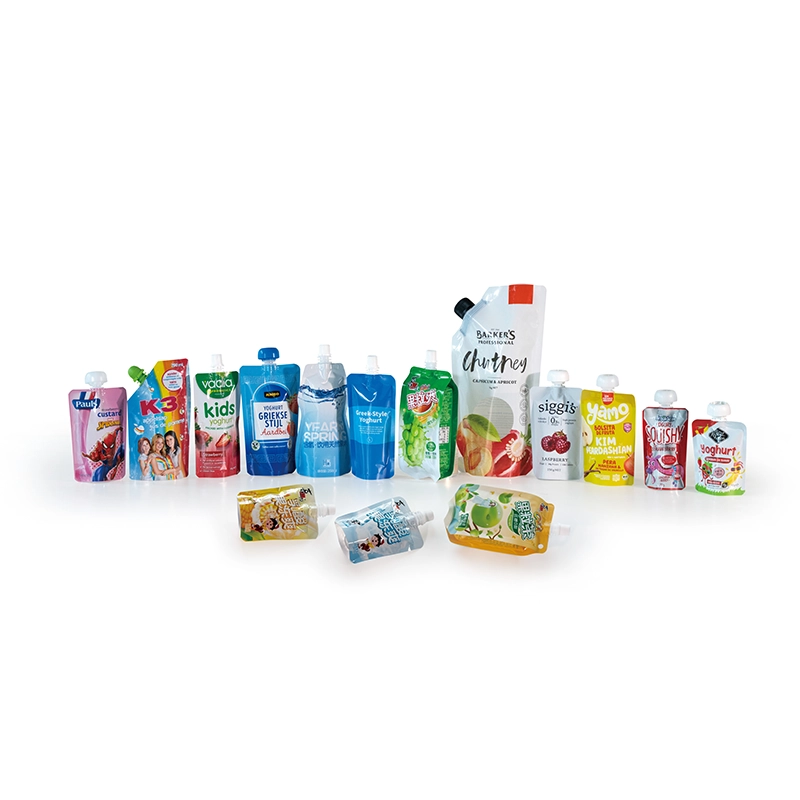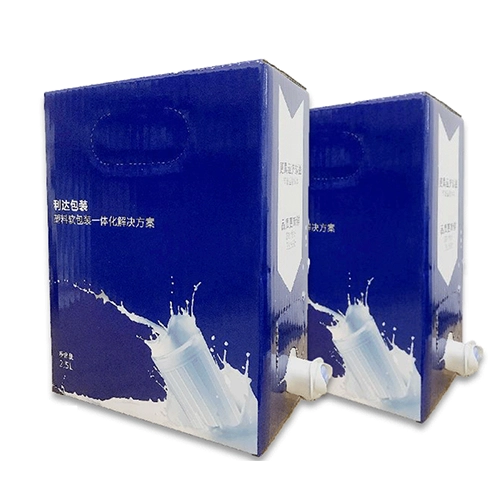Peel strength of functional design of flexible packaging
It is generally believed that the higher the laminated strength, the higher the quality of the product. Therefore, the index of composite strength is continuously improved in the purchasing standards of many users. In fact, in plastic-plastic laminated products, sometimes it is not necessarily. In the process of interlayer separation, what needs to be overcome is the mixing of two different forces, one is the chemical bond of the cross-linked polymer, and the other is the van der Waals force between the macromolecules, which can be called the structure respectively. Structural and non-structural strength. When testing the peel strength of the product, it is sometimes found that the heat seal strength of the product with qualified peel strength is not high, while the heat seal strength of the product that does not meet the peel strength is very high, which seems to violate the general rule of "higher peel strength, higher heat seal strength". It is generally believed that the energy required to break a chemical bond is about 50-100 times that of overcoming the van der Waals force, so after the composite film is cured and heat-sealed, only the structural strength can contribute to the heat-sealing strength, while the adhesiveness strength does not contribute much to heat seal strength. The test data we get should be called "apparent composite strength", which is a combination of the above two strengths, so the strength when evaluating packaging is incomplete, and the heat sealing strength must be combined. A relatively complete indicator. Therefore, higher structural composite strength is required for high-strength packaging, and it is incorrect to emphasize the composite strength one-sidedly. In an actual flexible packaging peel strength test, we were unable to distinguish the difference between the two composite strengths
It should be said that the peel strength before immature is almost composed of adhesive strength, and with the progress of aging, the gradual deepening of the cross-linking reaction gradually increases the structural strength, while the adhesive strength gradually decreases, and the heat sealing strength also continues to increase. However, even when the two-component adhesive has completed 100% of the curing reaction, the tack strength is still there and can be helpful. The existence of adhesive strength depends to a certain extent on the crosslinking density of the adhesive layer, which, in layman's terms, is the softness and hardness of the adhesive.




